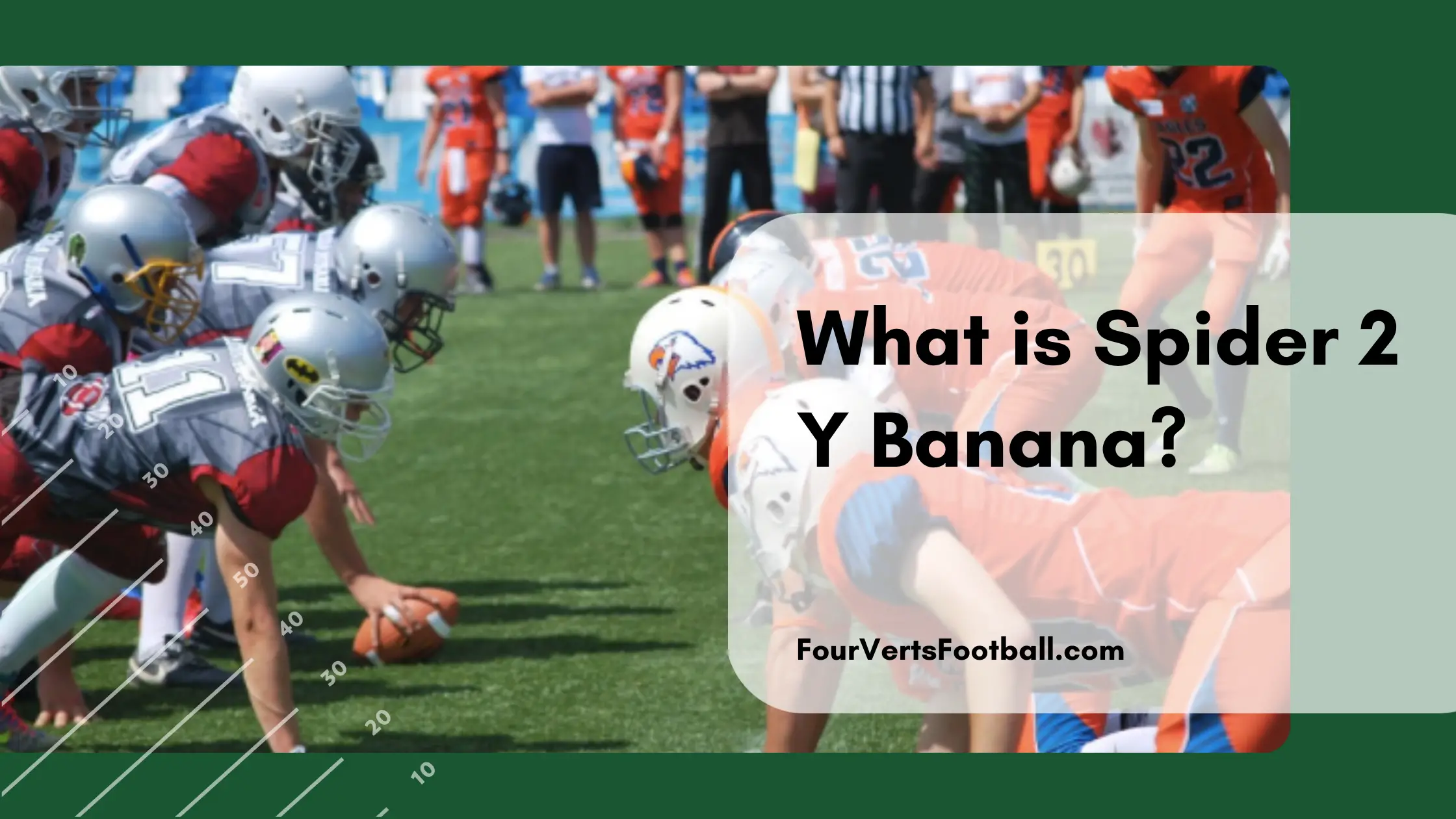If you have heard of spider 2 y banana you have either heard Jon Gruden say this term or at least heard someone referencing him. This oddly named football term is actually a play, and one of Gruden’s favourites.
General Overview
Before we get into the nitty-gritty of breaking this play down let’s first explain the general idea.
A spider 2 y banana is a play-action pass with the intended receiver being the full back coming out of the backfield.
On this play the line is going to shift to the left and fake a power run to the right. The running back and full back are then going to switch responsibilities.
Instead of carrying the ball as he would on the power run, the running back will block the fullbacks assignment. The fullback will then run a route out into the flat.
Since the defense believes the fullback is the lead blocker he will almost always be wide open as they do not see him as a passing threat.
The quarterbacks first read is the fullback sitting in the flat. His next read is the tight end or Y receiver that is running a corner route.
Next the quarterback may hit the Z receiver position who runs a shallow cross about five yards deep on the spider 2 y banana play. And finally, the X receiver will be running a go or comeback route on this play though they are rarely targetted.
Breaking It Down
Now that we know the basics of this play lets break down exactly what this terminology means.
Spider SP – Slide Protection
The first part of spider two y banana is referencing the protection on the play. In other words, this portion of the play is telling the offensive lineman what to do.
The term spider in this context stands for slide protection. As spider starts with the letters “S” and “P”.
Slide protection is a zone-blocking scheme meaning the players are to slide in a direction and block in that area. On a spider 2 y banana, the players will slide to the opposite side of the run.
Y – Description Of Receiver
When the letter “Y” is used in this context they are referring to the Y receiver. This play is used in the west coast offense. This offense labels it receivers X, Y, and Z.
The X receiver being the number one wideout usually lined up on the left side of the formation. The Z receiver is the smallest of the group and has the role of slot receiver.
And the Y is the furthest wide receiver across from the X. Usually an outside receiver but can be a tight end if no other receivers line up on that side of the ball.
So when they say the letter “Y” in this context they are explaining which receiver is getting his route shown to him.
Banana – Route Shape
Banana is the term that his play uses to describe the route of the Y receiver. The y receiver on this play runs a corner route. When rounded a corner route looks an awful lot like a banana.
So when the play reads “Y banana” the y receiver knows they are running a banana route.
Additionally, this information means more than just instructions for one route. Many football offense use route designs meaning if the Y is running a banana they the Z will be running a cross for example.
In this context a Y banana means a come back or go route for the X. A crossing route for the Z and of course, a banana route for the Y.
That’s all on the spide 2 y banana play see the statue of liberty trick play or the hook and ladder passing play to learn more about offensive plays in football.

